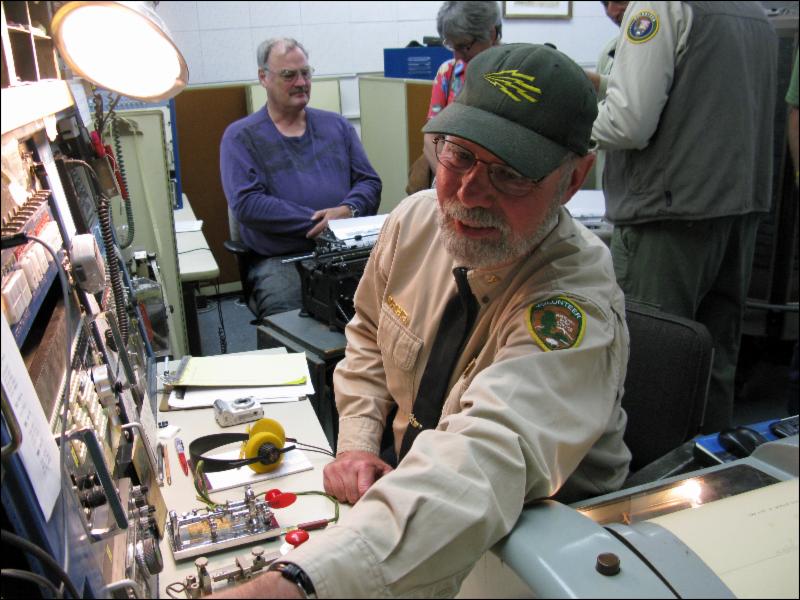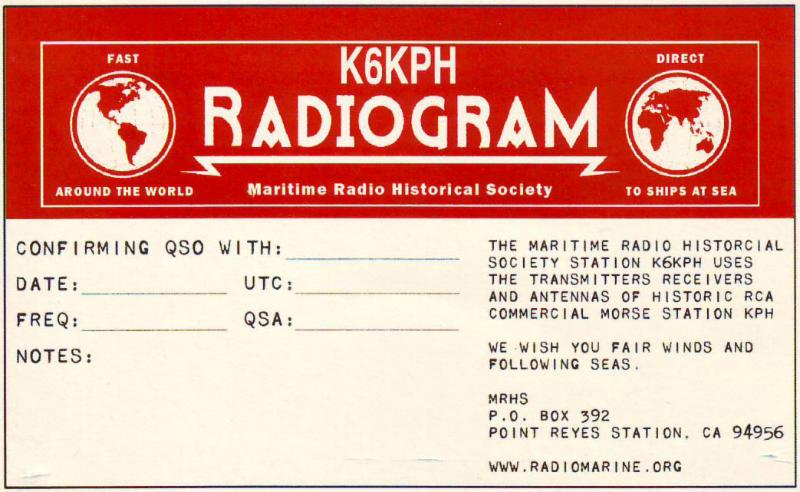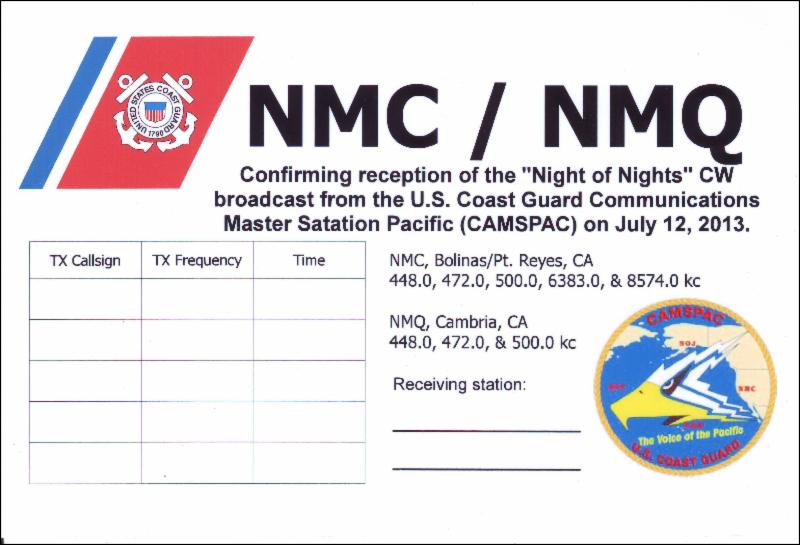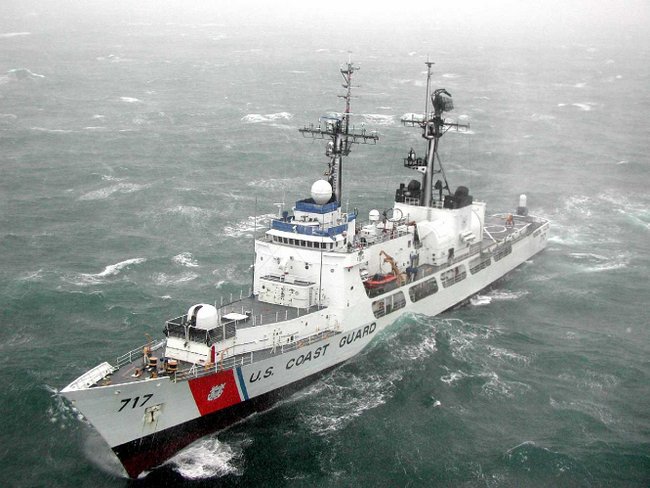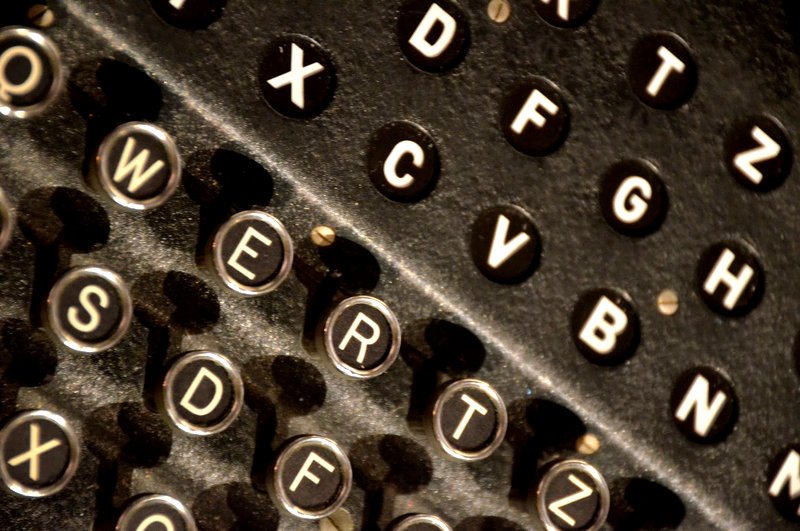
The Maritime Radio Historical Society is hosting a brilliant on-the-air event via KPH. I’ve pasted full details below, copies directly from the Maritime Radio Historical Society announcement:
Crypto Transmission from KPH!
Background
The MHRS in cooperation with our good friends at the Cipher History Museum
will send a coded message in 5-letter groups via the facilities of coast stations KPH on Saturday July 23, 2022. The message will be encrypted using the famous Enigma code machine.
All KPH listeners are invited to try their hand at receiving and decrypting the message. Certificates will be awarded for proof of successful decode, first to decode and use of original hardware.
Mislaid your Enigma code machine? In the military you’d have some explaining to do, soldier. But for the KPH Crypto Event, no problem. See the ‘Enigma Simulator’ section below for a link to an easy-to-use Enigma simulator.
Enigma
The Enigma was the Germans’ most sophisticated coding machine for securely transmitting command and control messages via radio communications in WWII. It was considered so secure that it was used to encipher the most top-secret of messages.
The arrangement of Enigma’s rotors and plugboard connections provided a unique series of letter substitutions which changed with each keystroke. The daily rotor order and the ring and plugboard settings to be used were specified in a codebook distributed monthly to all users of a network.
For additional information on the Enigma please see Ralph Simpsons’ Cipher Museum History site
Crypto broadcast date, time and formats.
The crypto broadcast will commence at 2000Z (1300 Pacific) on 23 July on all KPH CW frequencies. The broadcast will consist of a ‘callup’ (in plain text) announcing the broadcast, followed by the cipher message. The callup and cipher messages will be sent at 15 WPM. The cipher message will be sent in 5 letter groups and the message will be sent twice to ensure proper reception.
The usual KPH channel marker or ‘wheel’ running at 20 WPM will precede the announcement for the crypto broadcast to give listeners a chance to tune to the strongest signal in their area.
The KPH CW frequencies are (in kc):
-
- 426 (after an announcement on 500)
- 4247.0
- 6477.5
- 8642.0
- 12808.5
- 17016.8
- 22477.5
Upon completion of the CW transmissions, the broadcast will be repeated on all KPH RTTY frequencies. The RTTY transmission will be 170cps shift Baudot, 45 baud.
The KPH RTTY frequencies are (in kc):
Code Machine Key Settings – IMPORTANT!
Decoding an Enigma message requires the use of two keys: a Daily Key (valid for particular day), and a Message Key (unique to each individual message sent that day).
The Daily Key
Prior to decoding a message, the daily key must be set into your Enigma code machine. The daily key settings were specified in codebooks and distributed monthly. Please consult the following codebook to obtain the daily key setting for the GMT date of the broadcast.
Click HERE for the Enigma codebook. Use the “Armee-Stabs-Maschinenschlussel No 28” (Army Staff Machine Key Number 28). Notice each daily setting is across one line, starting with the first day of the month on the bottom of the sheet.
The Message Key
Starting in 1940, for additional security, the machine operator would randomly choose two groups of three letters to encode each message (in addition to the daily key settings above). These were known as the ‘message key’. The first group of three letters is used to encode the second group of three. Then the first group (in plaintext) and the second group (now encoded) are sent in the message header, along with the date and letter count, as explained in the above link. The recipient then uses the message key to decode the message. For more information see the following video on Enigma decoding procedures.
Click HERE to watch a video on Enigma coding procedures.
Enigma Simulators
So you had to toss your Enigma machine overboard when your U-boat was captured? Again, no worries. MHRS has you covered! Software simulations exist for the Enigma code machine.
Click HERE for an Enigma simulator. It is web-based, no download necessary.
Certificates
Upon proof of successful decode, the following certificates will be awarded:
– First to decode the Enigma message
– Successful decode using *original* hardware (i.e., an actual Enigma machine)
– All successful decodes of the message
To apply for a certificate, send the decoded message to [email protected] with the subject line ‘decoded Enigma message’. The First to Decode award will be based on the timestamp of the first email demonstrating a successful decode. For the Enigma Original Hardware certificate, send the decoded message *plus* a photo of your Enigma machine showing the daily key setting. Printed certificates will be mailed for ‘First-to-Decode and ‘Original Hardware’ awards. Certificates for ‘Successful Decode’ will be emailed in digital form suitable for printing at home.
More Information
For more information or questions about the KPH cipher broadcast send email to [email protected] with the subject line:
Crypto Broadcast
 Many thanks to SWLing Post contributor, Paul (KW1L), who writes:
Many thanks to SWLing Post contributor, Paul (KW1L), who writes:

